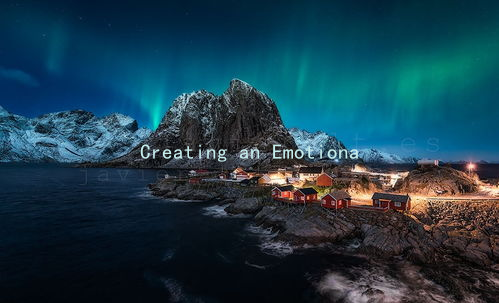Bridging the Gap: Distinguishing Between Emotions and Feelings in Romantic Interactions
Understanding the nuances of emotions and feelings is crucial in navigating the complex landscape of romantic interactions. While the two terms are often used interchangeably, they possess distinct characteristics that can profoundly affect the dynamics of relationships. In this article, we will delve into these differences and explore how mastering this knowledge can enhance communication, empathy, and connection in romantic settings.
To begin with, lets define emotions and feelings. Emotions are instinctive responses triggered by external stimuli. They are universal psychological states that arise in reaction to specific events or situations. For instance, you may feel fear when confronted with danger or joy when receiving good news. Emotions are often short-lived but can be intense and powerful, influencing our immediate reactions.
On the other hand, feelings are the subjective interpretations of those emotions. They are shaped by our personal experiences, beliefs, and context. For example, the emotion of sadness may manifest as feelings of loss or disappointment, depending on an individuals unique perspective. Thus, feelings are more about our internal narrative and are often more lasting than fleeting emotions.
Recognizing this distinction can significantly improve how we communicate in romantic contexts. When conflicts arise, many couples may struggle to articulate what they are experiencing. Noticing that you are feeling anger, for instance, may lead you to realize that the underlying emotion is actually fear of betrayal or abandonment. By identifying the root emotion, you can express yourself more clearly, fostering understanding instead of escalating the argument.

Moreover, when engaging in romantic interactions, being aware of your partner’s emotions versus their feelings can enhance empathy. If your partner expresses frustration, it may be tempting to respond defensively. However, trying to understand their underlying emotional state can lead to a more constructive dialogue. Perhaps their frustration stems from feeling unsupported during a challenging time. By addressing the emotion rather than just the expressed feeling, you pave the way for a deeper connection.
Additionally, leveraging this understanding in dating scenarios can prove beneficial as well. When getting to know someone, paying attention to their emotional responses can provide valuable insights into their character. If they consistently react with joy and enthusiasm, it may indicate a positive outlook and resilience. On the other hand, if you notice they frequently experience anxiety or fear in social situations, it might reveal deeper concerns they are grappling with.
Another crucial aspect is managing our reactions to our own emotions. Being aware of your emotional landscape allows for better regulation. For instance, if you recognize that you are feeling overwhelmed, you might choose to take a step back instead of reacting impulsively. This approach not only benefits your mental health but also fosters a more stable environment for your partner.
In conclusion, differentiating between emotions and feelings is essential for fostering healthy romantic relationships. By understanding how emotions drive our reactions and how feelings shape our perceptions, we can communicate more effectively, respond with empathy, and create stronger, more meaningful connections. As we navigate the complexities of love and partnership, this insight becomes a valuable tool in bridging the gap between ourselves and our partners, ultimately enriching our romantic experiences.





